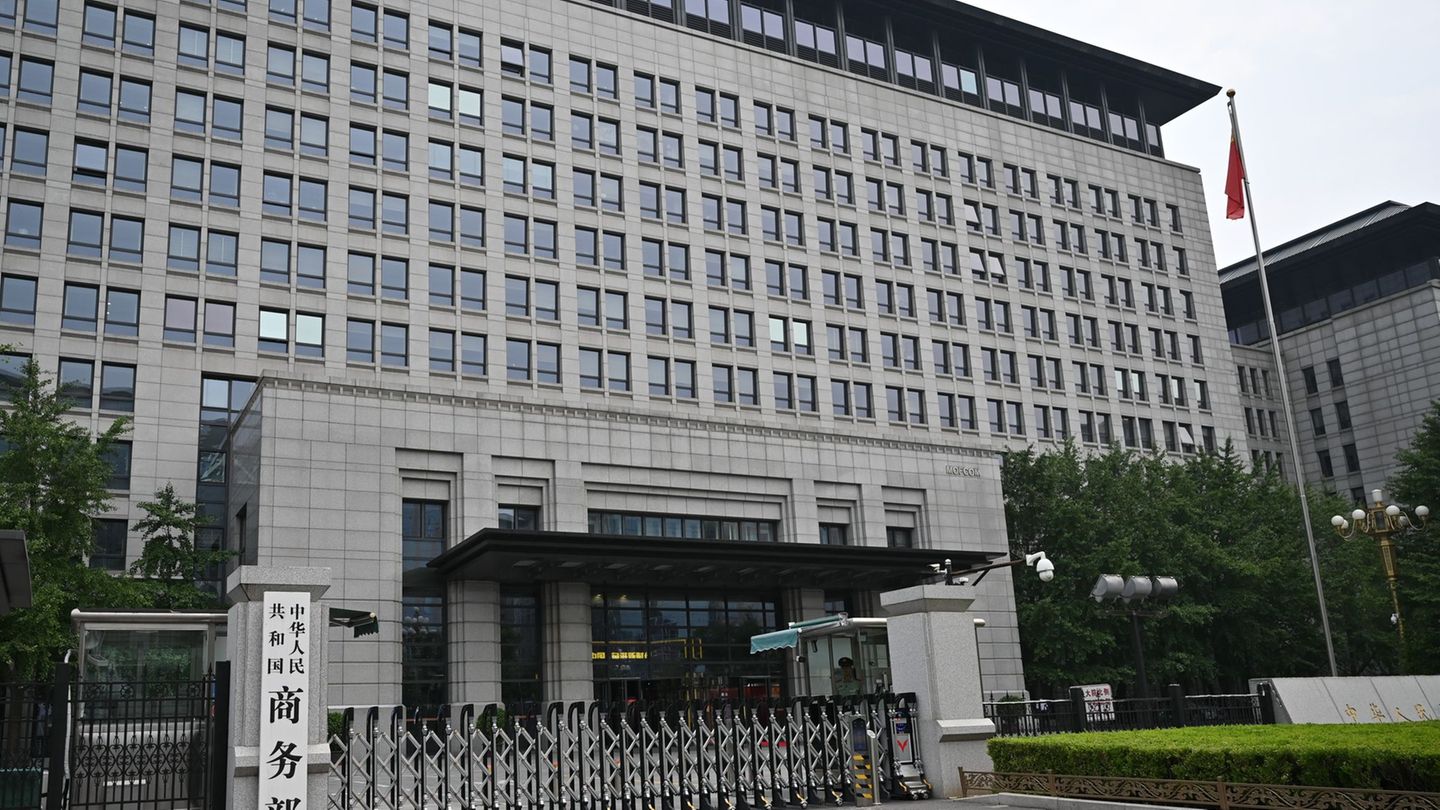Tucunucoa small town in San Juan in Argentina, was the scene of a dream that faded. Almost 47 years ago, this place It promised to be a shelter for 16 families who sought to establish and prosper in the area. However, fate had other plans, and what was once a hopeful project is today known as a “ghost town”.
The Tucunuco ruins They are a melancholic reminder of that truncated dream. The houses, distributed in a wedge shape, are now without enclosures or floors, exposed to the elements and the passage of time. The local church, with its stone walls still standing and the column that once held the bell, remains a silent witness to what could have been. Around it, the lines of dry trunks that once outlined Las Palmeras Street are now motionless, remembering the life that once passed through there.
e050aa36507e063dd2d91a6e37ce0f28.jpg
The train passed through the town, of which now only the ruins remain.
The history of Tucunuco, the ghost town of San Juan
The history of Tucunuco It is a chronicle of collective dreams that were cut short by political changes and adverse conditions. In 1975, the then governor of San Juan, Eloy Camus, launched a call through a statement that was broadcast in national media, inviting families to become part of an agricultural community in that province. The intention was to repopulate and develop businesses in uninhabited areas, using land that in the 19th century had been a post office and that in the 1950s, after being acquired by Federico Cantonihad begun to transform into an olive company.
Camus expropriated these lands from the Cantoni family to use them for the creation of the new community. A total of 16 families, many of them young and with children, responded to the call and showed up at the Land and Colonization Institute. In December 1975, these families came to Tucunucoinitially staying at the local school, but then they had to set up tents due to school operations.
The agreement with the government implied that Families would work the land and build their homes, while the government would provide them with food and materials. The families proposed the creation of a cooperative to manage the town as a common property, and this proposal was accepted.
However, in March 1976, the coup the situation changed drastically. The families had made progress in their agricultural work, cultivating 25 hectares of alfalfa and clearing olive groves, but the houses were not yet finished. The arrival of merchandise, seeds and materials was suspendedand they only received grass, sugar and flour.
Besides, the ideology of the new military regime was not sympathetic to the idea of cooperatives, and began to brand members of the community as “subversives.” The military presence intensified, and on September 21, 1976, the tranquility of the place was interrupted by the arrival of a truck and two patrol cars. Infantry personnel broke into the town, searching houses, shooting in the air, hitting some inhabitants and arresting six men.
After three days detained in different police stations, the men returned, but the situation in Tucunuco was unsustainable. Fear, hunger and lack of resources led the women to decide that they had to leave the place. In November, most of the families left, and only three men remained, but they eventually left as well.
What to see in Tucunuco, the ghost town of San Juan
He arid landscape, characterized by dead trees and small champas, is marked by sand and cracked earth. He Railway poolused as a water reservoir by the families who lived there, lies abandoned in the middle of the desert, a relic of the infrastructure that once supported life in the area.
The contrast between what Tucunuco It was and what it is today is shocking. The place, once a promise of future and growth, has been transformed into a desolate site, shaped by time and the inclement weather. The current image of Tucunuco, captured from above by a drone, reveals a landscape in ruins that is far from what was expected when the colonization project began.
Despite its current state, Tucunuco continues to be a place of interest, not only for its history, but also for the evocation it generates. It is a space that invites reflection on collective dreams, unfulfilled promises and the resistance of time. The story of Tucunuco is a testimony to the fragility of utopias and how the environment can transform even the most well-intentioned plans.
How to get there Tucunuco, the ghost town of San Juan
Tucunuco is located in the Jáchal department, in the province of San Juan, Argentina. This place is located on the National Route 40about 50 kilometers from the town of Saint Joseph of Jáchal.
Source: Ambito
I am an author and journalist who has worked in the entertainment industry for over a decade. I currently work as a news editor at a major news website, and my focus is on covering the latest trends in entertainment. I also write occasional pieces for other outlets, and have authored two books about the entertainment industry.




